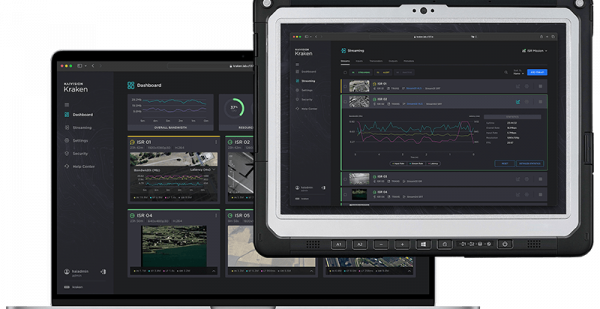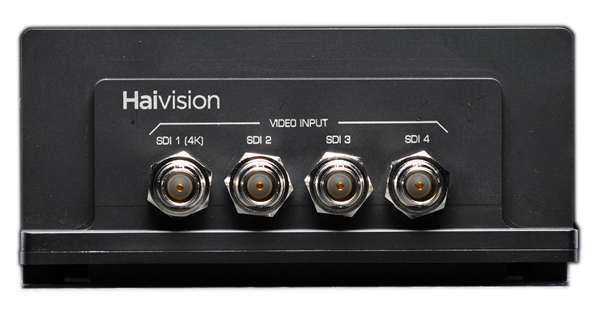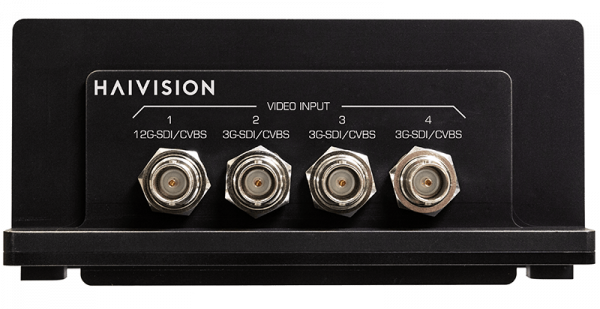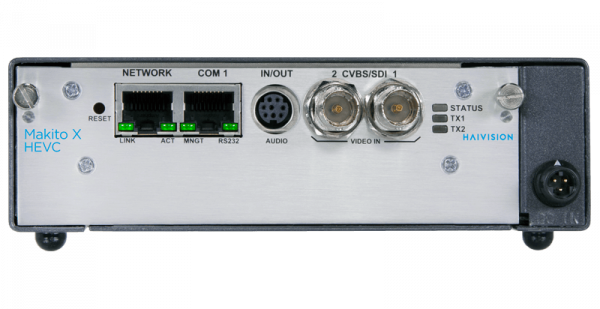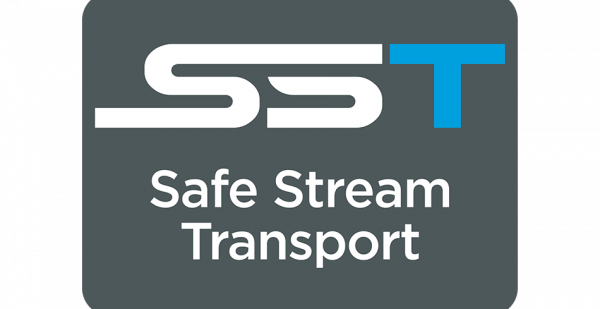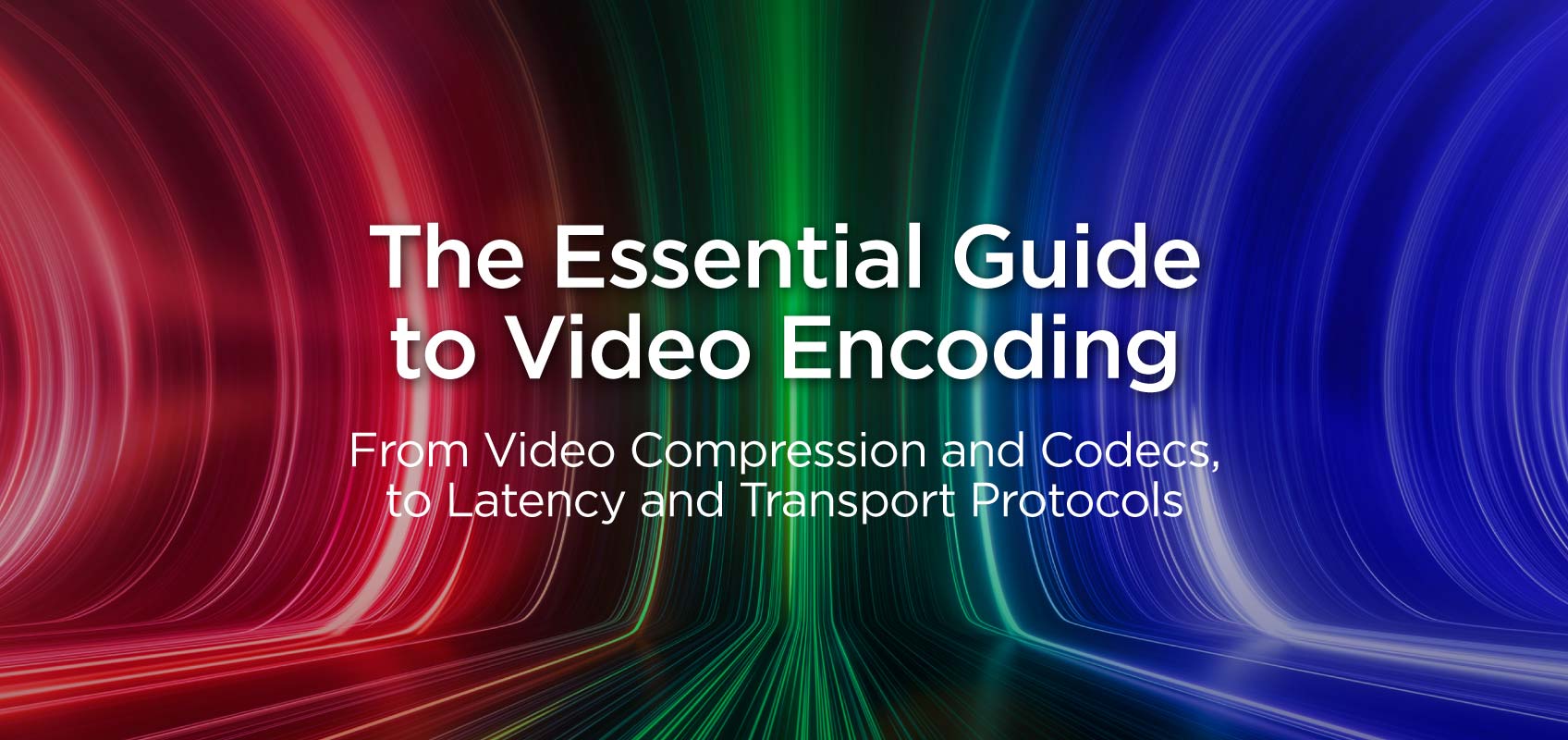Video streaming over the internet has become vital for workflows across numerous industries including broadcast, enterprise, and defense. It’s cost-effective when compared to satellite services and with the need for decentralized workflows growing, producing content from both on-premise and in the cloud has become more common. An important part of any video streaming workflow is video encoding, but what is it and how exactly does it work?
We’ve recently refreshed our Essential Guide to Video Encoding to answer some of the biggest questions surrounding video encoding. By downloading the guide, you’ll learn the ins and outs of video encoding and video encoders, what video codecs are and why they’re so important, why latency matters, and more. This guide simplifies the often-complicated world of video encoding in order to help you make the right decisions regarding your streaming workflows, no matter what your level of knowledge is.
If you still need a bit of convincing, keep reading as we take a look at eight frequently asked video encoding questions that our Essential Guide to Video Encoding answers.
What is Video Encoding?
The world of video streaming can be very intimidating to newcomers and video encoding is a very important part of it. Video encoding is the process of compressing raw video for transport over IP networks. The Essential Guide to Video Encoding gives a comprehensive and easy-to-understand explanation of how video encoding works and gives a brief overview of video decoding and transcoding and the key differences between the two.
What are the Different Types of Video Encoders?
Not sure if you should be looking for a software encoder or a hardware-based video encoder? Are you struggling to figure out which one is better for live video contribution? The Essential Guide to Video Encoding lays out the key differences between the two types of encoders, including which one provides lower latency, which option is better for picture quality, and which one is right for your organization’s use case.
What is a Video Codec?
“Video codec” comes from a blend of the words “enCODing” and “DECoding” and describes a process for compressing and decompressing data as files or real-time streams. The Essential Guide to Video Encoding takes a deep dive into how video codecs work, why they’re so important, and even lists the current and upcoming codecs in a handy chart that provides a description of each, along with their pros and cons, giving you all the information that you need to pick the right one for your workflows.
What are HEVC and H.264?
Two of the most important codecs for video streaming professionals and broadcast engineers are the H.264/AVC and H.265/HEVC codecs. Both codecs are vital for video encoding, but which one is right for SD and HD content streaming, and which is ideal for live video workflows and 4K content? The guide looks at why H.264 and HEVC are the two must-have codecs, and which one guarantees interoperability with decoders, web browsers, and viewing devices.
What are Video Compression Techniques?
The words “lossy” and “lossless” will come up often when looking up information on video compression techniques. The Essential Guide to Video Encoding not only defines both in a straightforward way, but also looks at what inter-frame and intra-frame compression are, their differences, how they work, and what workflows work best with them. There’s also a simple explanation of what bitrates are and how video quality is affected by them.
What Does Latency Mean?
“Latency” is a word that is used often when it comes transporting live video, but do you know why it’s so important to video encoding? Latency refers to the amount of time it takes for video to travel from its original source to its final destination and the shorter the time, the better. The guide looks at the varying levels of latency, the possible sources of latency, how to reduce it without compromising too much of your picture quality, and more. It also addresses the need for low latency when transporting live video and why a transport protocol like SRT is important for end-to-end latency. The guide also provides a chart showing the various levels of live video streaming latency to help you visualize the difference.
What are Transport Protocols?
Transport protocols are important for sending and receiving data across the internet. The two main transport layer protocols for sending data over IP networks are UDP and TCP and if you’re wondering what they are and what they do, the guide goes into great detail about both. It also charts some of the most common transport layer protocols such as SRT and RTMP and cites each of their advantages and disadvantages, giving you everything you need to make an informed decision on which protocol is best for your video streaming projects.
Which Video Encoder is Right for you?
All this information might be overwhelming but thankfully, we’ve included a handy checklist to make sure that you’re picking the right video encoder for the needs of your video streaming workflows. The 12-step checklist addresses what you should focus on when choosing a video encoder including latency, reliability, codecs supported, ease of use, support, and more.








